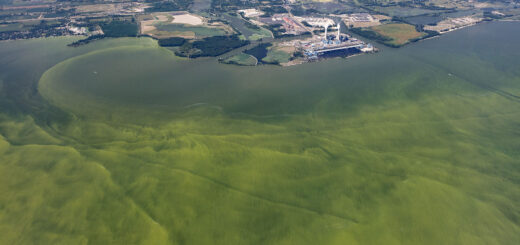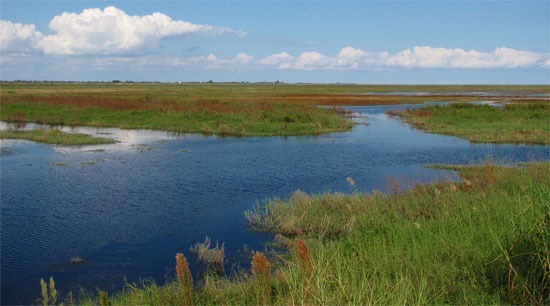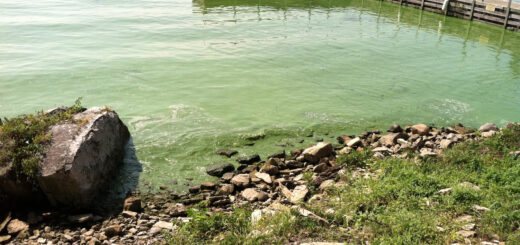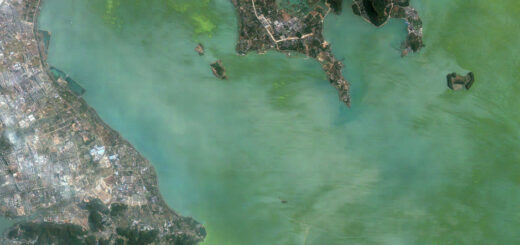Thick algal mats sighted at Lake Tahoe
1
Lake Tahoe
Lake clarity near the shores of Lake Tahoe has succumbed to a noticeable degree of bio-fouling as of late. Thick mats of algae have coated many of the rocks along the shoreline, a development that has alarmed local residents and regional experts alike.
Scientists are conducting research to gain a better understanding of the lake’s recent algal blooms. The study will examine a variety of nutrient-loading sources known to cause blooming, namely air pollution, erosion from construction, stormwater runoff, climate change, and invasive species.
“We are trying to understand where it is growing the heaviest and why,” said researcher Scott Hackley.
Hackley has managed similar studies conducted for the University of California, and he thinks that nitrogen from fertilizers and stormwater runoff is not a “major contributor” of nutrient pollution in Lake Tahoe, despite the results of studies and popular belief. Rather, he says “a combination of inputs” is to blame.
Jeff Cowen, community liaison for the Tahoe Regional Planning Agency, suspects much of the nitrogen load comes from air pollution.
Other inputs include invasive species, such as Asian clams, which have invaded the southern end of the lake and serve as food for algae when they die.
The general climate shift occurring in the area is also making it a more hospitable environment for cyanobacteria, as rising water temperatures directly contribute to increased blue-green algae growth.
Hackley described the amount of algae currently on the lake as moderate. He also noted that the low water level of the lake this year has exposed the general public to more rocks that are typically always under water.
Despite blooms, the long-term efforts to sustain lake water quality seem to be working. Lake Tahoe’s clarity has improved by eight feet over the past 20 years, stretching from 70 to 78 feet. This means that a white measuring disc, called a secchi disk, can be seen as low as 78 feet below the water’s surface near the center of the lake.
Efforts to improve lake quality aim to extend the clarity to 100 feet, in hopes of rivaling the first measurement formally recorded on the lake in 1968, which was 102 feet.
The scientists spearheading this year’s study are asking for $331,954 in grant money and plan to shift the focus to nearshore water quality. Mid-lake water quality was previously the chief concern, even though most lake-goers never make it to those depths.
New study at Lake Tahoe focus on algae growth [San Jose Mercury News] Slippery shores: Algae growth up [Reno Gazette-Journal]
Image Credit: icbg2083














[…] the passerby, it might have appeared as if the algae population in Lake Tahoe was more severe than usual this summer. But researcher Scott Hackley is reminding people that appearances can be […]